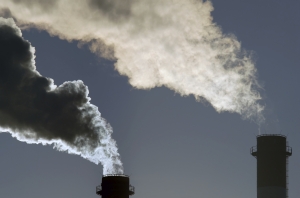In this Market Update, we introduce our latest market study “An Energy Trilemma: A cost curve for emissions reductions & energy storage in the Australian electricity sector “, providing quantitative analysis of the cost of emissions reductions, and energy storage technologies, in the Australian electricity sector.
The study presents our updated marginal abatement cost (MAC) curve for the electricity sector in 2020 and 2030, along with analysis of the “full cost” for renewables to supply reliable power, including storage, referred to as the levelised cost of “firm” energy (LCOFE).
The study was supported by extensive consultation with over 45 industry participants, including generators, industrial consumers, project developers and investors, providing input on technology readiness, costs and barriers to investment.
Key findings include:
- Demand reduction via the take-up of solar PV has the lowest marginal cost of emissions reductions in the electricity sector, in line with an anticipated drop in capital costs, and continued availability of financing.
- “Clean coal” such as Carbon Capture and Storage (CCS) and High Efficiency, Low Emissions” (HELE) coal is not forecast to be commercially mature until at least 2025. Subsequently, clean coal is projected to have a limited impact in support of Australia’s 2030 target under the Paris Agreement.
- New low cost Wind is displacing existing generation, causing existing facilities to generate less energy, recover revenue less frequency, and exit the market. As this occurs, system reliability has become an issue, most noticeably where intermittent generation has a high penetration rate, given it does not necessarily coincide with peak demand (timing) and cannot be easily ramped up to follow a load forecast (controllability).
- Intermittent technologies do not provide the same contribution to system reliability as dispatched technologies, and may therefore require additional system investment (for example in storage) to ensure guaranteed supply.
- Analysing the “full cost” of renewables, with energy storage, raises the cost recovery for low-cost intermittent generators significantly above their LCOE, however, findings indicate that on a like-for-like basis clean energy is now cheaper than gas-fired generation, driven by higher gas prices and falling storage technology costs.
- Renewables with energy storage have therefore surpassed gas as the cheapest source of new flexible power in Australia, with analysis indicating these sources may alleviate system pressure by providing load-following and peaking generation services.
- Analysis indicates that this will create a decreasing need for baseload-only facilities, while enabling South Australia, Victoria, Queensland and New South Wales to rely on new storage technologies to provide affordable, clean, and secure energy – while improving system reliability.
Please login to access this report via the downloads box below.













